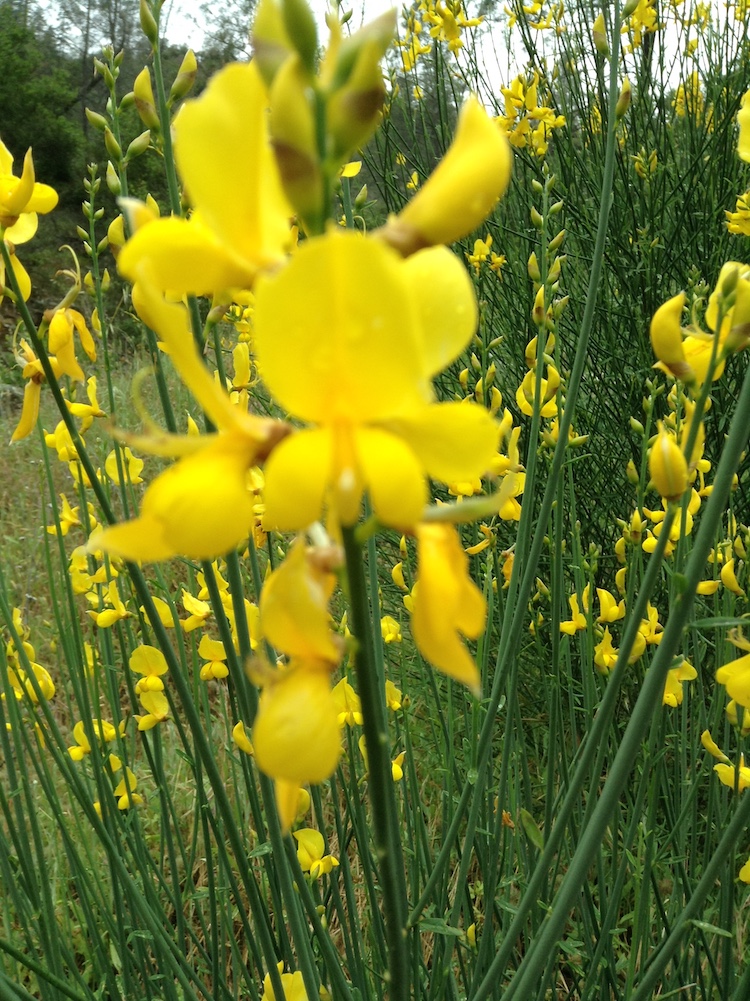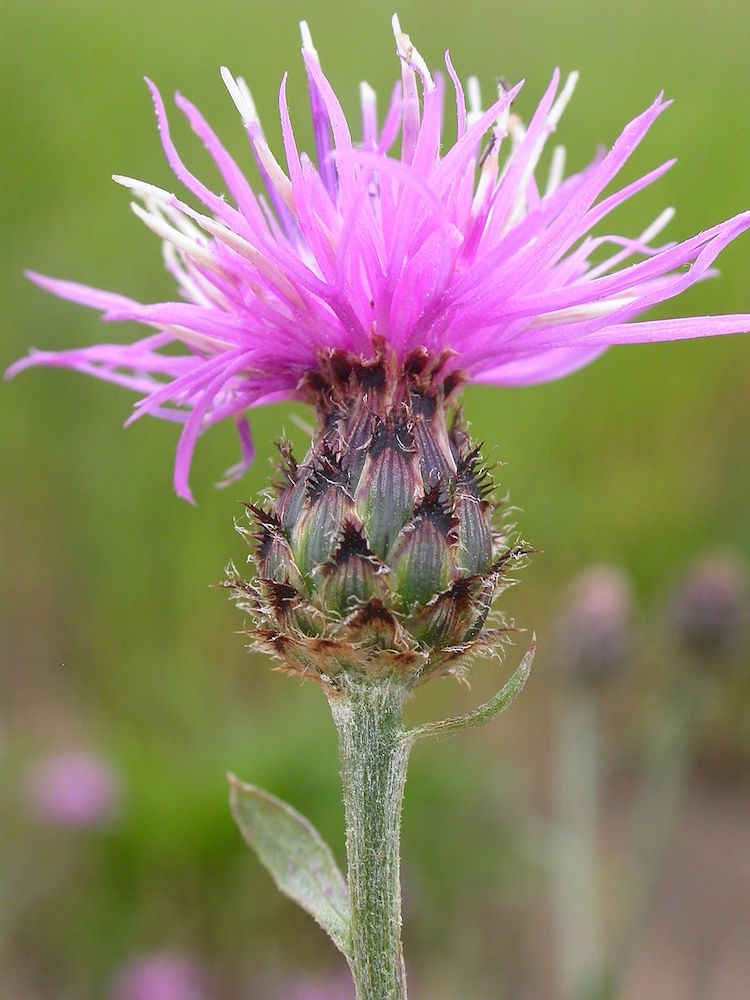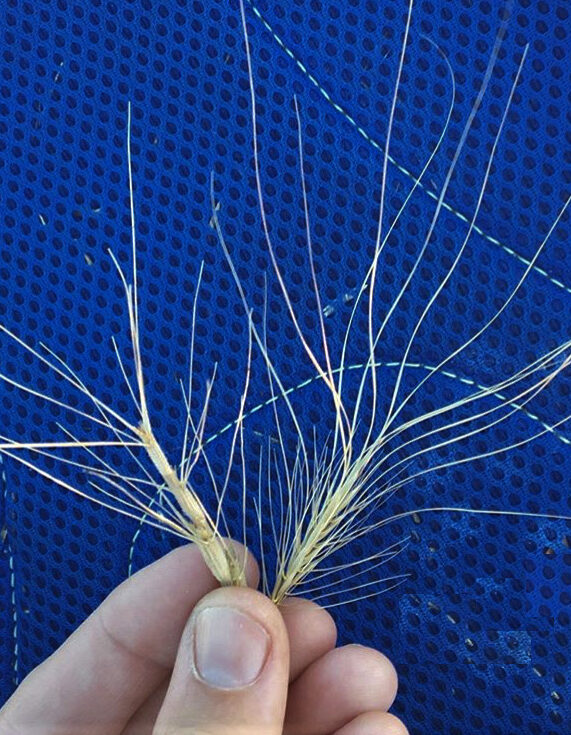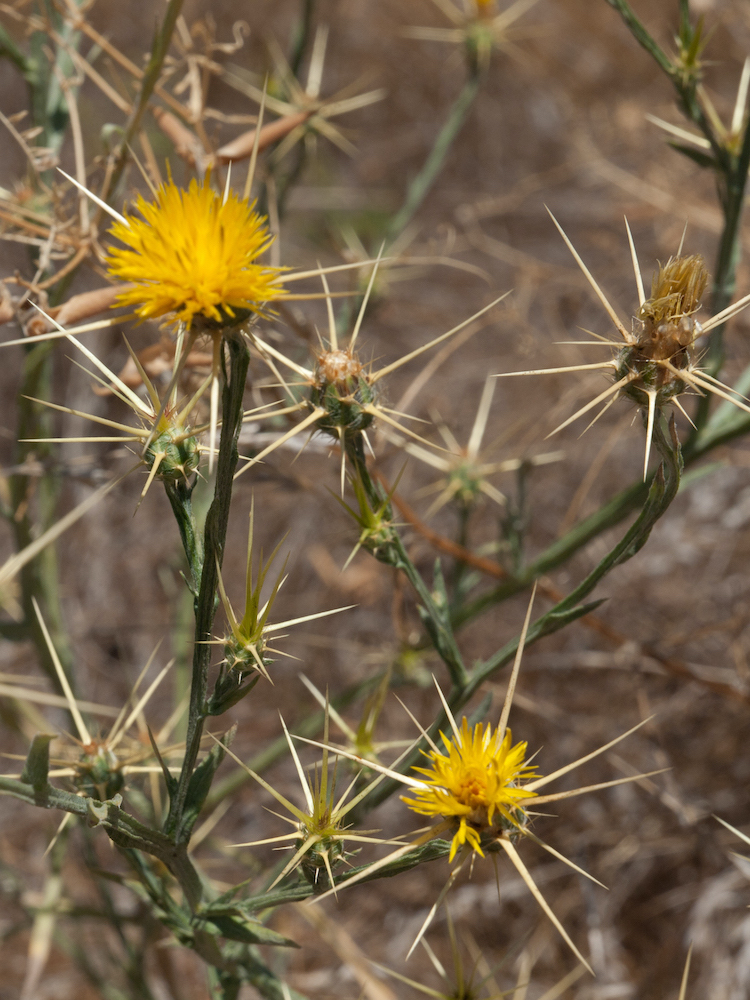Invasive Plant Removal
At SYRCL, invasive plant removal is a key part of mitigating wildfire risk and protecting the abundant density of rare plants native to the foothill’s serpentine soils. Invasive species threaten native species by outcompeting them for valuable resources. Invasive plants like Scotch broom, Spanish broom, and French broom are extremely flammable, and fire germinates their seed. After a burn they can quickly push out natives and homogenize the forest ecosystem in which they have taken root. In other cases, invasive plants are well adapted to dominating some of the foothills’ unique ecosystems. Yellow Star Thistle thrives on dry, sunny slopes. This weed is a nuisance to livestock and ranchers as it can quickly colonize an entire field of native grasses, instead leaving a low nutrient alternative for cows and is even poisonous if grazed by horses.



SYRCL’s goal is to identify and remove the most threatening populations of invasive plants within the Yuba and American river watersheds, on the western slope of the Tahoe National Forest. Using a priority key designed by the Tahoe National Forest staff, SYRCL’s crew removes populations of Scotch Broom, Yellow Star Thistle, Spotted Knapweed, Barbed Goat Grass, and Medusa Head, among other invasive plants to “wage war on the seed bank.” A method that requires repeated, annual plant removal to diminish the presence of seeds available in the soil until native plants can return to the infested area.
If any of these plants caught your eye, you can do more research on the Calflora and Cal-IPC websites. These are great resources to explore photos, relative research, and interactive maps describing distribution. Be sure to look out for these plants in your backyard, on hikes, and on roadsides and think twice before admiring their beauty.

Questions? Contact:
Anne Marie Holt
Conservation Project Manager


